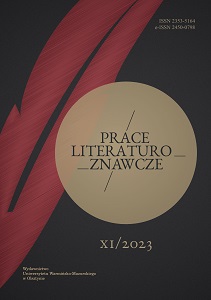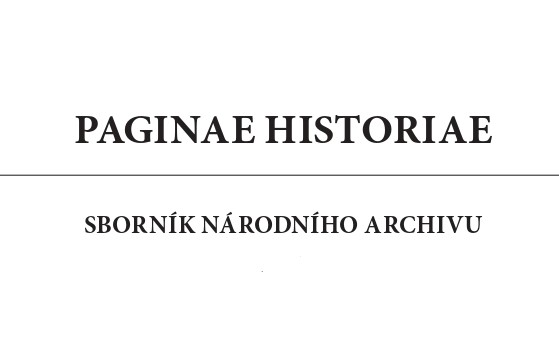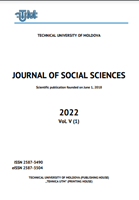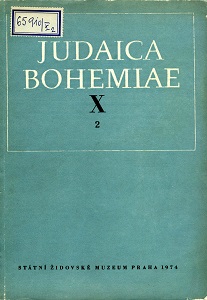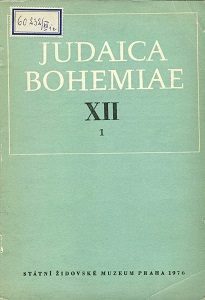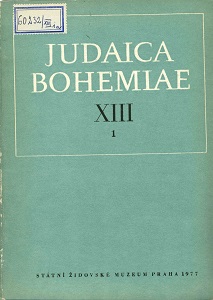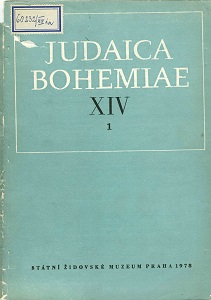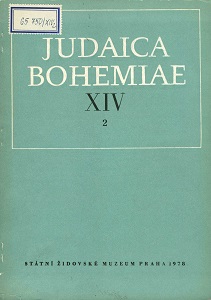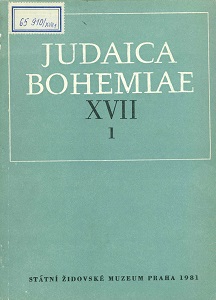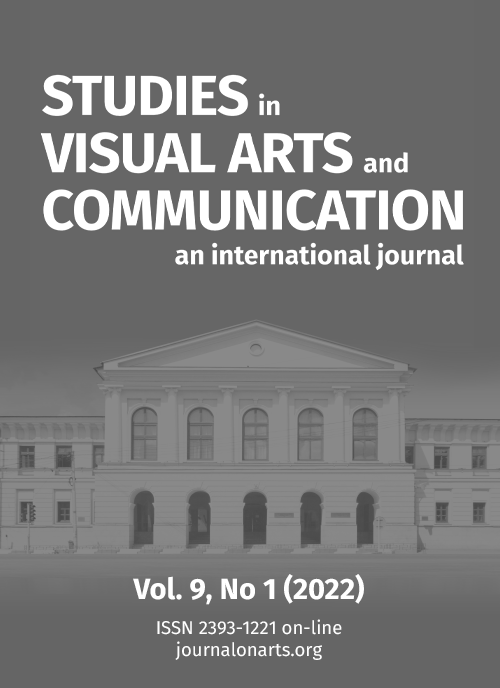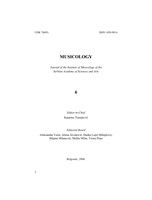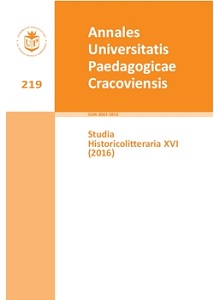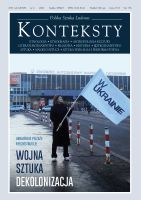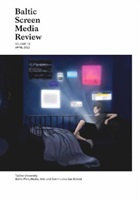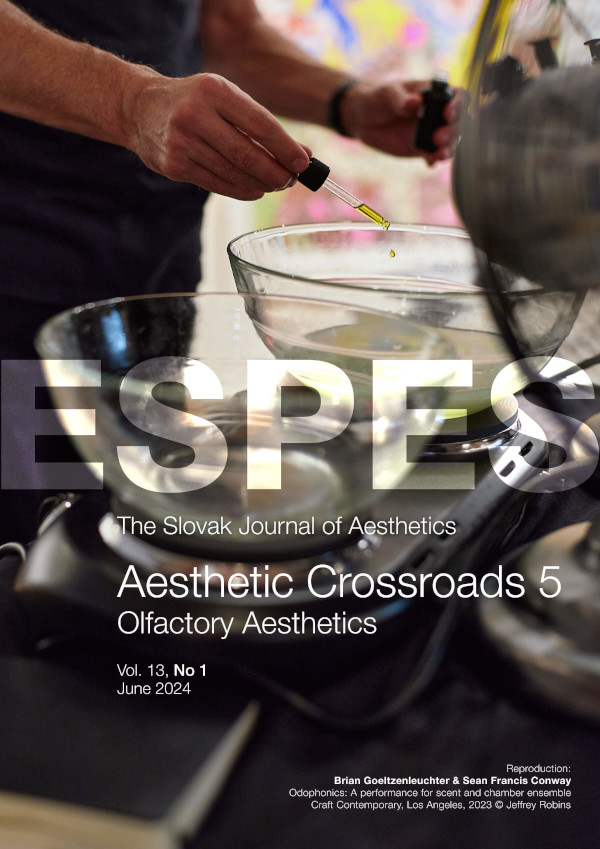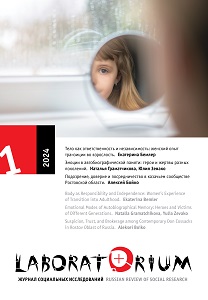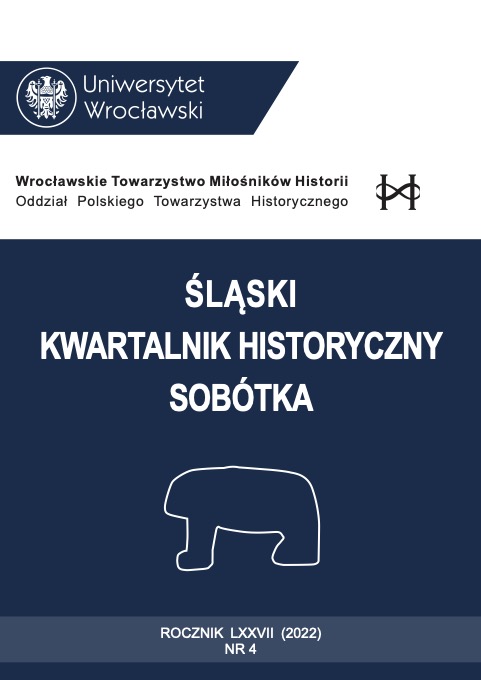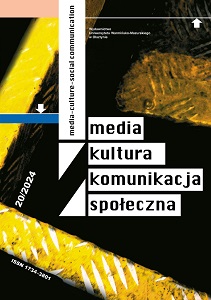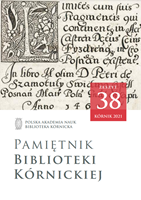
ANOTYPY – UNIKATOWE DZIEWIĘTNASTOWIECZNE FOTOGRAFIE NA PŁÓTNIE. OMÓWIENIE DWÓCH OBIEKTÓW ZE ZBIORÓW BIBLIOTEKI KÓRNICKIEJ ORAZ KILKA SŁÓW NA TEMAT HISTORII TECHNIKI PANOTYPY – UNIKATOWE DZIEWIĘTNASTOWIECZNE FOTOGRAFIE NA PŁÓTNIE. OMÓWIENIE DWÓCH OBIE
This paper presents two photographs referred to as pannotypes (from the Latin word pannus) from an album of photographs. It discusses the history of the pannotype technique, which was popular in the 1850s and 1860s in photography ateliers all over the world (it presents a review of materials and substances used in this technique and the transferring of the negative layer onto a black, flexible substrate). Pannotype is one of the most interesting techniques used in the 19th century. The paper then discusses the Kórnik photographs, the people they show, and their dimensions and structural features. Some conservation-related remarks on the susceptibility of precious objects of this type to damage also follow.
More...
